Parity and mirroring play distinct but complementary roles in RAID configurations to enhance data reliability and performance.
Mirroring (RAID 1) involves creating an exact copy of data on two or more drives. This means every write operation is duplicated simultaneously across the drives, providing high fault tolerance because if one drive fails, the data remains accessible from the other(s). Mirroring improves read performance since data can be read from any mirrored drive independently, but it halves the effective storage capacity because data is duplicated. Mirroring requires at least two drives and is straightforward to implement, making it a popular choice for critical data protection.
Parity, on the other hand, is a method used primarily in RAID levels that involve striping (distributing data across multiple disks). Parity adds extra bits calculated from the data bits, which serve as error-checking information. This parity data allows the RAID system to detect and reconstruct lost data if one of the drives fails, without needing to duplicate all data as in mirroring. Parity provides fault tolerance with better storage efficiency than mirroring because it uses less extra space, but it can introduce computational overhead and slightly slower write performance due to parity calculations.
In summary:
| Feature | Mirroring (RAID 1) | Parity (RAID 5, 6, etc.) |
|---|---|---|
| Data Redundancy | Exact duplicate copies on multiple drives | Parity bits calculated and stored for recovery |
| Fault Tolerance | Can survive failure of one or more mirrored drives | Can survive failure of one (RAID 5) or two (RAID 6) drives |
| Storage Efficiency | 50% (half capacity used for redundancy) | Higher efficiency; less space used for redundancy |
| Performance | Faster reads, writes duplicated | Faster reads, slower writes due to parity calculation |
| Complexity | Simple to implement and manage | More complex due to parity calculation and reconstruction |
Thus, mirroring provides simple, high-speed redundancy with full data duplication, while parity offers more storage-efficient fault tolerance with error correction capabilities, often combined with striping for performance. RAID configurations often choose between or combine these techniques depending on the desired balance of performance, capacity, and fault tolerance.


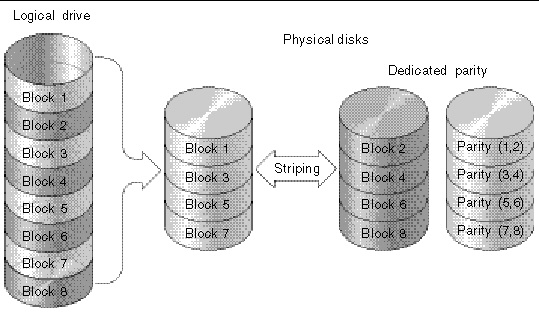
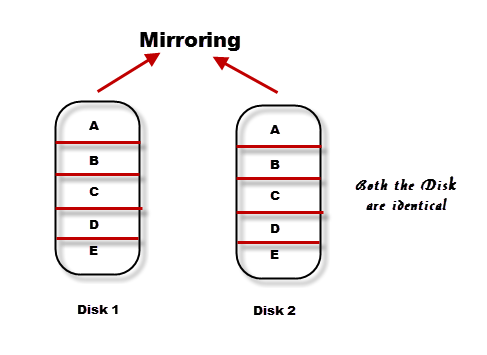

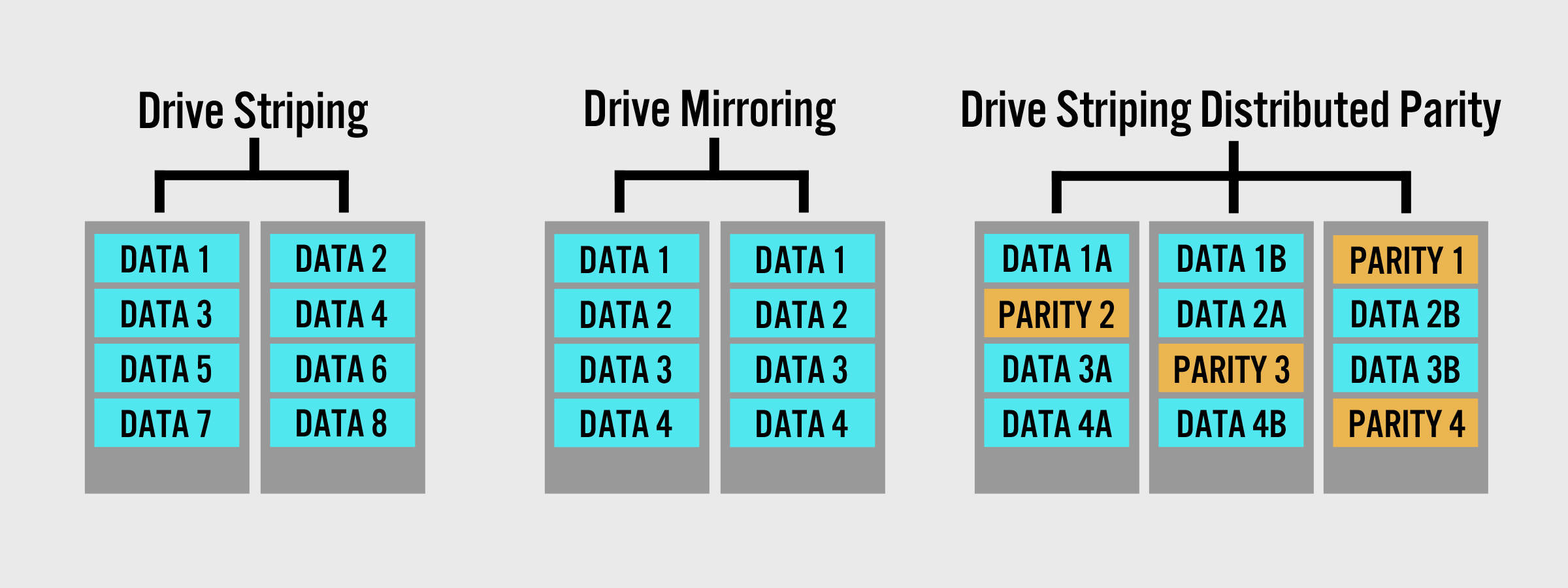
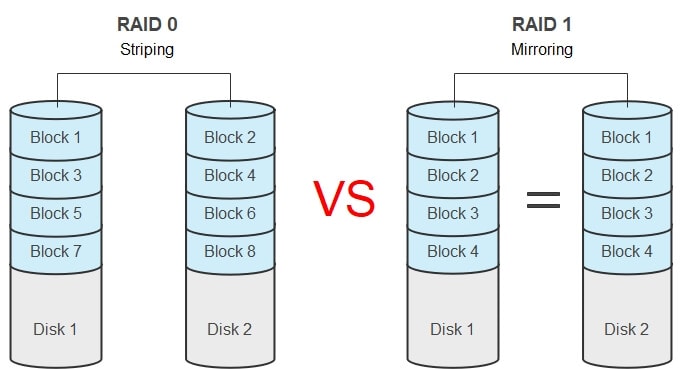








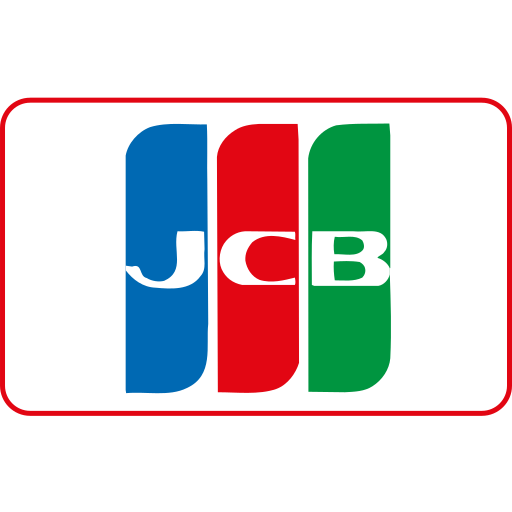




Maple Ranking offers the highest quality website traffic services in Canada. We provide a variety of traffic services for our clients, including website traffic, desktop traffic, mobile traffic, Google traffic, search traffic, eCommerce traffic, YouTube traffic, and TikTok traffic. Our website boasts a 100% customer satisfaction rate, so you can confidently purchase large amounts of SEO traffic online. For just 720 PHP per month, you can immediately increase website traffic, improve SEO performance, and boost sales!
Having trouble choosing a traffic package? Contact us, and our staff will assist you.
Free consultation